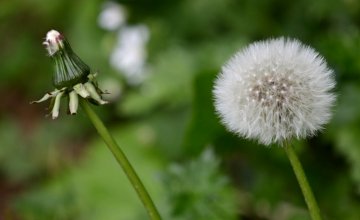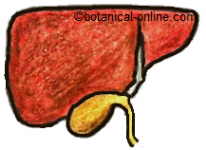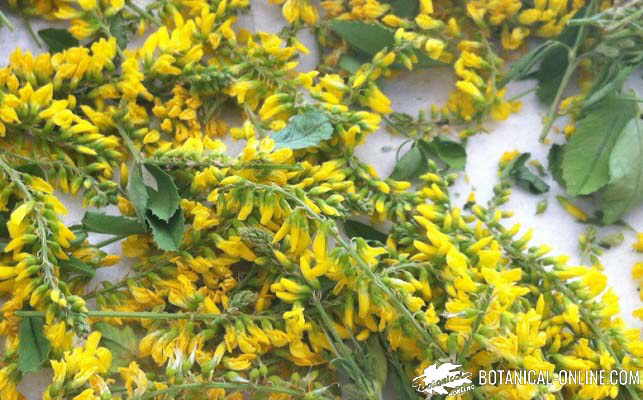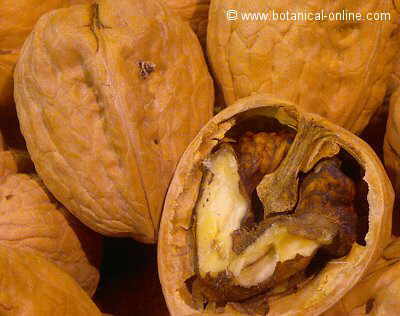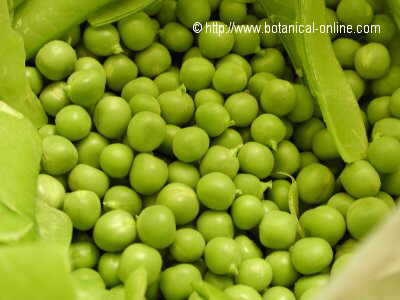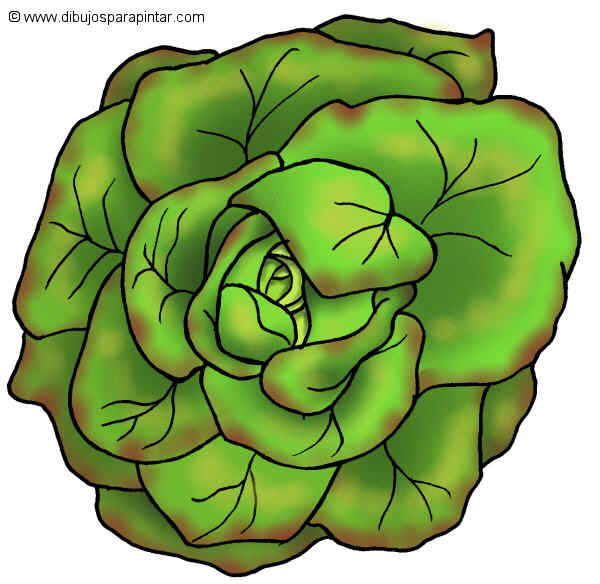Contents
Primrose care
How to grow primroses

Primroses are one of the most appreciated plants in gardening, especially during winter, when it blooms.
They are used in gardens, flowerbeds, slopes or pots. Their natural flowering time is in winter, although they can be kept in bloom throughout the year with proper care.
The most common varieties in gardening are the low growing varieties, which do not reach 30 cm. high, and which we can find in a great diversity of colors.
Primroses can be purple, white, yellow, pink, red, in a two-color combination, etc.
Indoor primroses
- Primula malacoides: It is taller than other varieties, serrated leaves, long flower stalks and star-shaped flowers. It requires cool places.
- Primula obconica: It produces large, long-lasting flowers.
Outdoor primroses
- Primula vulgaris or P. acaulis (see side photograph): They are characterized by almost stem-less flowers. They grow in the form of a rosette and have a low size. It’s very cold-resistant.
 Primrose flowering
Primrose flowering

Throughout the year, especially from September to November. Indoors, flowers last longer in cool rooms.
After flowering it can be taken outside to continue blossoming all year round.
 Light requirements of primroses
Light requirements of primroses
Place in a sunny or semi-shady location. If you have them indoors, place them in a cool place and near a window.
The direct sun is not good for them. They should be kept out of full sun in summer.
Primrose watering
Moderate watering.
Fertile soil, well drained and loose, a bit acidic.
With clean scissors, cut off the withered flowers and the spoiled leaves.
 Reproduction of primroses
Reproduction of primroses
Reproduce by seeds or cuttings in spring.
![]() More information on ornamental plants
More information on ornamental plants


